Calathea Zebrina Tissue Culture
$4.08
The Calathea Zebrina plant grows up to 40cm in height. It has purple flowers, which are quite spectacular when they bloom. The foliage of the plant is quite coarse, but its leaves are edible. This is one of the most nutritious plants in South America, as it contains large amounts of beta-carotene. It also contains essential amino acids, magnesium, iron, potassium, sodium, and phosphorus.
Calathea Zebrina plant commonly referred to as the zebra plant or the zebrawood plant is a palm plant belonging to the family Marantaplants, native to south-eastern Brazil. Under the synonyms Calathea and Goeppertia it is the award-winning member of the Royal Horticulture Society’s (RHS) Trophy of Garden Merit.
Out of stock
Calathea Zebrina Plants growing Tips And Benefits
- The Calathea Zebrina plant is very hardy and can withstand the harshest conditions, but not all plants are suitable for it. In Brazil, the plant is often grown outdoors in pots and is planted in rows with low growing plants in between.
- Calathea Zebrina plant can grow in containers and on land, it can also spread out under a bush. They tend to be tropical plants, and should not be exposed to freezing temperatures.
- The Calathea Zebrina plant is used in cooking as well as for ornamental purposes. It is often used as filler for pottery. The plant is often found in Brazilian cuisine, particularly in seafood recipes and in desserts. It can also be added to drinks like tea, coffee, wine, and caipirinha.
- The Calathea Zebrina plant is native to the Amazon basin, and it is thought that it was first brought to South America by Europeans who brought the seeds back with them from Africa.
- The plant was grown in Brazil until it was introduced into Europe in the early 19th century. It was initially sold as a spice but was soon found to have many health benefits, especially in alleviating fever, diarrhea, cramps, and jaundice. and dysentery.
- Because the Calathea Zebrina plant can be toxic if it is over-harvested, it is often only eaten by the plant. If you are looking for a high-quality plant for your kitchen, this is probably not the plant for you.
- The Calathea Zebrina plant is usually harvested every few years, as it can produce berries that bear fruits. It is best to harvest the fruit as it is still small but not too small, as the fruit is extremely rich in calcium, protein, fiber, calcium, silica, potassium, and carbohydrates.
- It can be used in salads and other dishes as it provides good antioxidants as well as other vitamins. The seeds of the plant are also very nutritious, containing lignans, which are also good antioxidants and are beneficial for the cardiovascular system. It is a rich source of potassium, iron, and calcium as well as the important mineral manganese.
- The Calathea Zebrina plant is best planted in full sun and good drainage to allow air to circulate freely in the plant. The leaves and flowers are best harvested at their peak of growth to allow the leaves to dry naturally.
- The Calathea Zebrina plants will thrive best if they are kept under the shade during the cooler periods. You can also help the plant by providing it with adequate water. This plant prefers moist soil and will tolerate most conditions.
- Once you have harvested the Calathea Zebrina plant’s leaves, you may want to clean the root well to remove any spores. Once you have removed all the leaves, you can then cut the fruit into quarters. You can place the stems, skin, and seeds into individual plastic bags and store them in a cool dark, and dry place for a few weeks until you are ready to use them.
- For preparing the Calathea Zebrina plant for cooking, the best way to prepare the Calathea Zebrina plant is through steaming. The plant can be steamed in a small pot on medium heat for a couple of minutes until it becomes soft. Then it can be placed into a separate pot and placed into the refrigerator to cool.
- After steaming the Calathea Zebrina plant, it can be added to sauces and dishes as part of a salad or to other dishes to make a salad dressing. You can also enjoy it alone and serve it with steamed vegetables.
Be the first to review “Calathea Zebrina Tissue Culture” Cancel reply
Related products
Tissue culture
Tissue culture
Tissue culture
Tissue culture
Tissue culture
Tissue culture
Tissue culture
Tissue culture

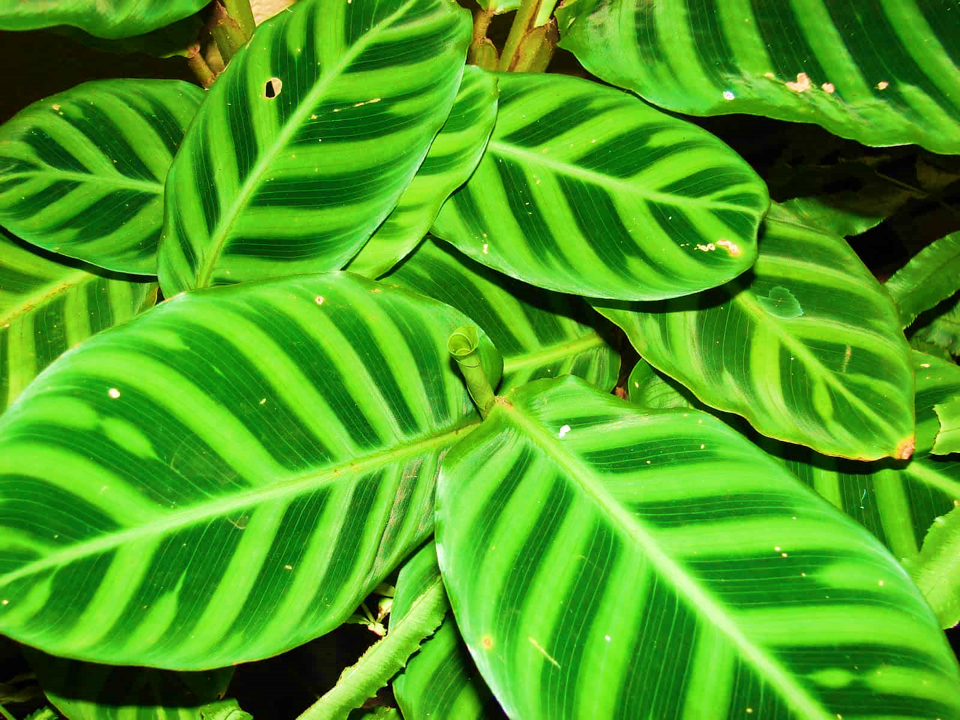
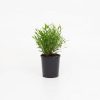
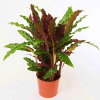
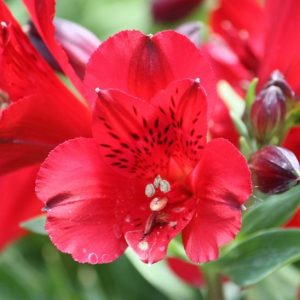
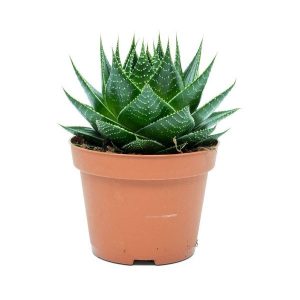
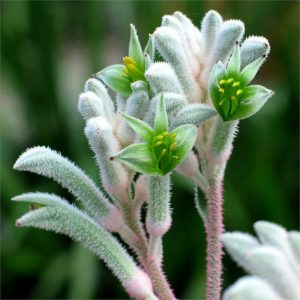
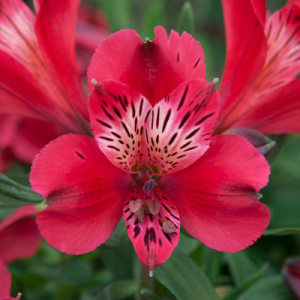
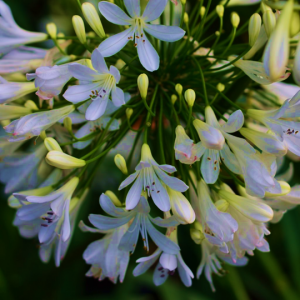
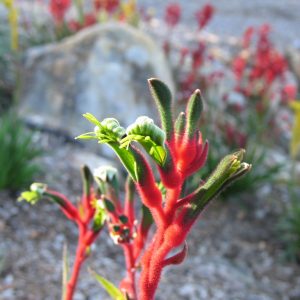
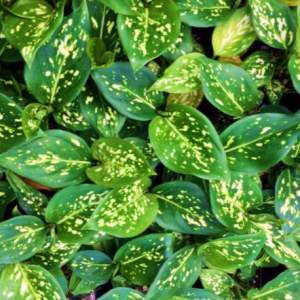
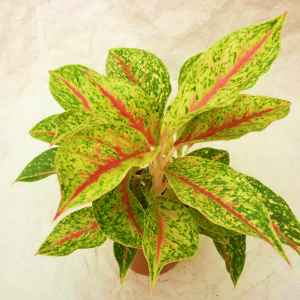
Reviews
There are no reviews yet.